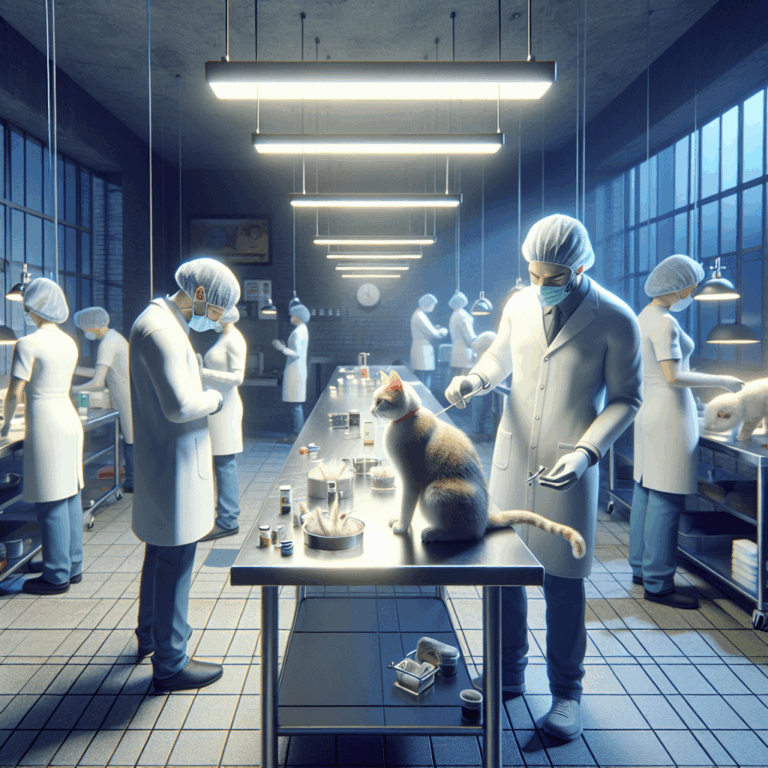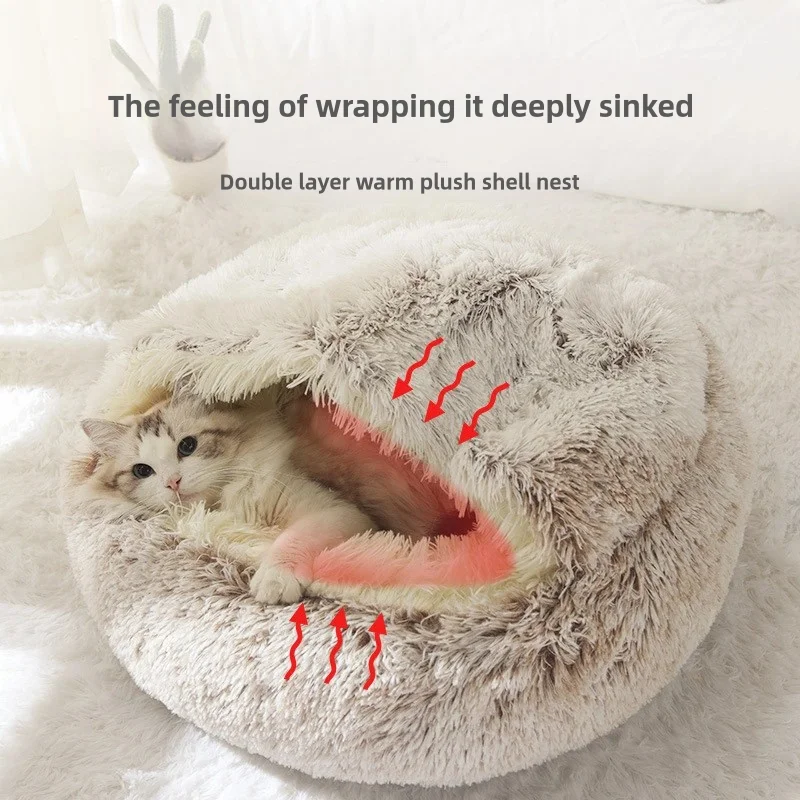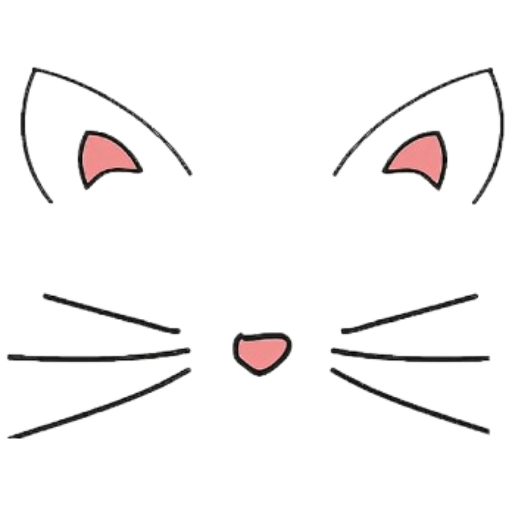The Feline Innovators of Veterinary Science: Cats and Their Role in Advancing Pet Care
- No Comments
In the ever-evolving field of veterinary science, cats have emerged as significant contributors, not only as subjects of study but also as influencers of novel approaches to pet care. Traditionally perceived as enigmatic and independent creatures, cats have, in recent years, catalyzed a deeper understanding of animal health, behavior, and welfare. Their unique physiology and behavior have challenged veterinarians and researchers to develop innovative diagnostic tools and treatment methods that benefit not only feline patients but also the broader spectrum of pet care.
One of the most groundbreaking areas where cats have influenced veterinary science is in the understanding and treatment of chronic diseases. Conditions such as feline lower urinary tract disease (FLUTD) and feline diabetes mellitus have inspired comprehensive research, leading to advancements in dietary management and pharmacological interventions. These studies have not only improved the quality of life for countless cats but have also provided insights applicable to other species, including humans.
Moreover, the study of feline genetics has opened new frontiers in veterinary science. The sequencing of the domestic cat genome has facilitated the identification of genetic markers for hereditary conditions, allowing for more precise breeding programs and early interventions. This genetic knowledge has also contributed to the broader field of genomics, offering comparative data that enhances our understanding of genetic diseases across species.
Behavioral science, too, has been significantly impacted by feline studies. Cats’ complex social structures and communication methods have driven innovations in environmental enrichment and behavioral therapy, which are now standard practices in veterinary clinics worldwide. Understanding feline behavior has also informed the development of stress-reduction strategies, crucial for enhancing the welfare of hospitalized animals.
In addition to these scientific contributions, the global love for cats has spurred public interest and investment in veterinary science. The burgeoning market for feline healthcare products and services is a testament to the growing recognition of cats as cherished family members, deserving of the best possible care. This market expansion has fueled research funding, leading to further breakthroughs in veterinary medicine.
The role of cats in veterinary science is not just limited to advancements in treatment and care. They have also inspired a new generation of veterinarians dedicated to feline medicine. Veterinary schools now offer specialized programs focusing on feline health, reflecting the increased demand for professionals skilled in addressing the unique needs of cats.
As we continue to explore the depths of veterinary science, the contributions of our feline companions remain invaluable. Their influence extends beyond the clinic, shaping how we perceive and interact with the animal world. With their silent purrs and playful antics, cats remind us of the intricate connections between science, empathy, and the art of healing. As such, they stand at the forefront of a field that is as much about compassion and understanding as it is about clinical expertise.

In the ever-evolving field of veterinary science, cats have emerged as significant contributors, not only as subjects of study but also as influencers of novel approaches to pet care. Traditionally perceived as enigmatic and independent creatures, cats have, in recent years, catalyzed a deeper understanding of animal health, behavior, and welfare. Their unique physiology and behavior have challenged veterinarians and researchers to develop innovative diagnostic tools and treatment methods that benefit not only feline patients but also the broader spectrum of pet care.
One of the most groundbreaking areas where cats have influenced veterinary science is in the understanding and treatment of chronic diseases. Conditions such as feline lower urinary tract disease (FLUTD) and feline diabetes mellitus have inspired comprehensive research, leading to advancements in dietary management and pharmacological interventions. These studies have not only improved the quality of life for countless cats but have also provided insights applicable to other species, including humans.
Moreover, the study of feline genetics has opened new frontiers in veterinary science. The sequencing of the domestic cat genome has facilitated the identification of genetic markers for hereditary conditions, allowing for more precise breeding programs and early interventions. This genetic knowledge has also contributed to the broader field of genomics, offering comparative data that enhances our understanding of genetic diseases across species.
Behavioral science, too, has been significantly impacted by feline studies. Cats’ complex social structures and communication methods have driven innovations in environmental enrichment and behavioral therapy, which are now standard practices in veterinary clinics worldwide. Understanding feline behavior has also informed the development of stress-reduction strategies, crucial for enhancing the welfare of hospitalized animals.
In addition to these scientific contributions, the global love for cats has spurred public interest and investment in veterinary science. The burgeoning market for feline healthcare products and services is a testament to the growing recognition of cats as cherished family members, deserving of the best possible care. This market expansion has fueled research funding, leading to further breakthroughs in veterinary medicine.
The role of cats in veterinary science is not just limited to advancements in treatment and care. They have also inspired a new generation of veterinarians dedicated to feline medicine. Veterinary schools now offer specialized programs focusing on feline health, reflecting the increased demand for professionals skilled in addressing the unique needs of cats.
As we continue to explore the depths of veterinary science, the contributions of our feline companions remain invaluable. Their influence extends beyond the clinic, shaping how we perceive and interact with the animal world. With their silent purrs and playful antics, cats remind us of the intricate connections between science, empathy, and the art of healing. As such, they stand at the forefront of a field that is as much about compassion and understanding as it is about clinical expertise.


